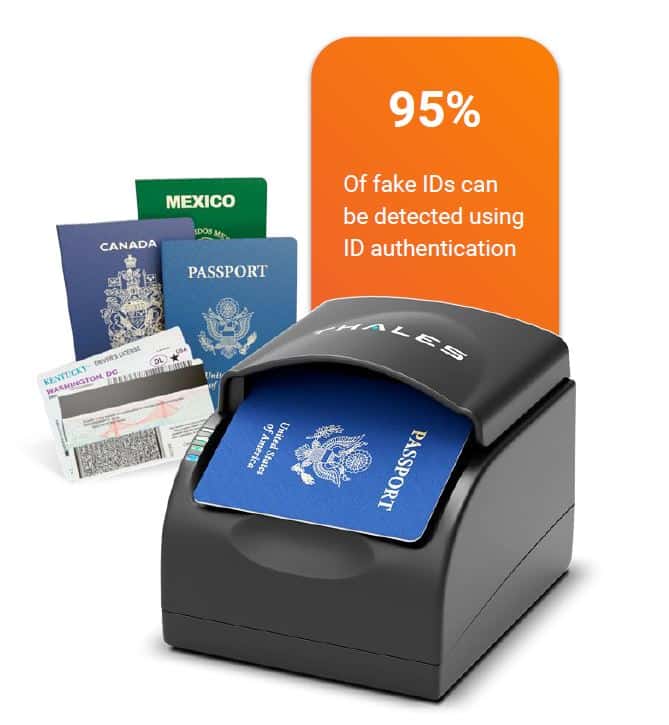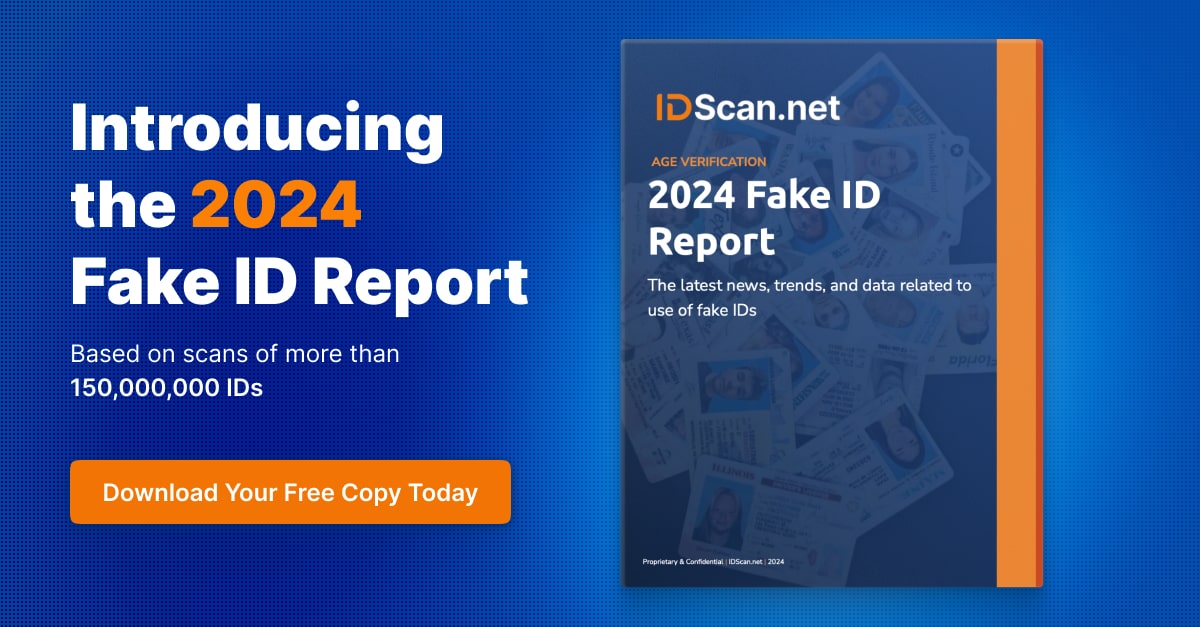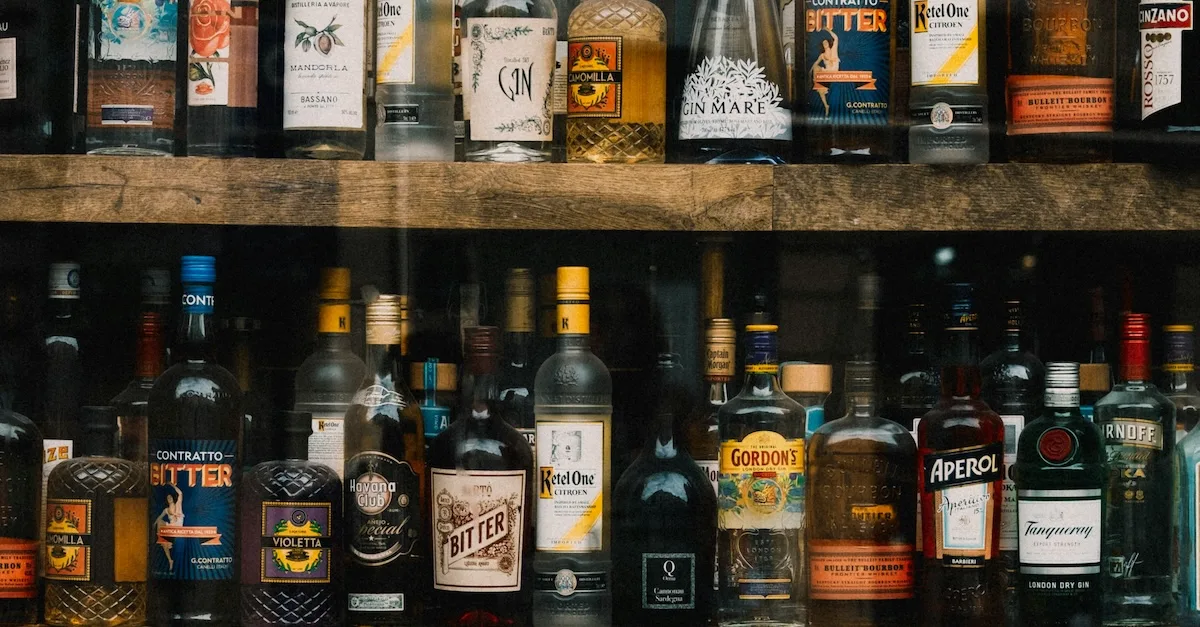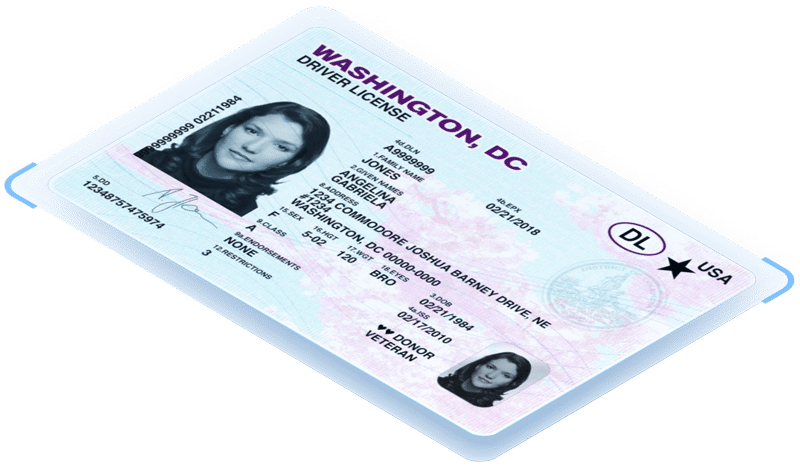Introduction
Last year, we produced our first annual Fake ID Report, detailing findings from the scanning of 40,000,000 identity documents across our platform.
This year, we scanned more than 130,000,000 physical IDs, and have a batch of fresh findings to help your business reduce risk, stay compliant, and avoid accidentally accepting a fake ID.
Fake IDs are most commonly produced outside the United States, and manufacturers are in a constant race to produce the most realistic IDs that will pass visual and electronic muster. While in the past, fake IDs might have been hastily printed, or contain obviously photoshopped elements, today’s fake IDs are incredibly sophisticated. Many have barcodes that can be scanned, ultraviolet and infrared markings, and security elements such as windowpanes, microprints, and textured lettering.
The quality of fakes makes them harder, but not impossible to spot. This report is based on our identification of more than 1,000,000 possibly fraudulent identity documents, caught at a variety of business types. Although no technology is capable of catching 100% of fake IDs, our secret shopping and continuous testing routinely indicates that VeriScan ID Authentication is capable of detecting up to 95% of fake IDs and drivers licenses.
We’re sharing our 2024 fake ID report to help better equip your business in the fight against underage sales and ID fraud.

How common are fake IDs?
Fake IDs are created for all 50 states, and owned by tens of thousands of underage individuals. According to a 2007 study by the National Library of Medicine, 1 in 3 college sophomores, and 1 in 8 high school seniors possess a fake ID. And this study did not look at the countless fake IDs owned and fabricated by fraudsters looking to use fakes for even more nefarious purposes than buying beer.
Across our customerbase we identified and flagged more than 1,000,000 fake IDs over the past 12 months when analyzing data for our fake ID report, indicating the pervasive nature of fraudulent documents.
The likelihood of owning a fake ID peaks during a student’s third year of college – typically age 20 – at which time 39% of college students admit to owning a fake.
Anatomy of a fake ID
Understanding common trends can help your security team and bouncers more effectively spot potential fake IDs.
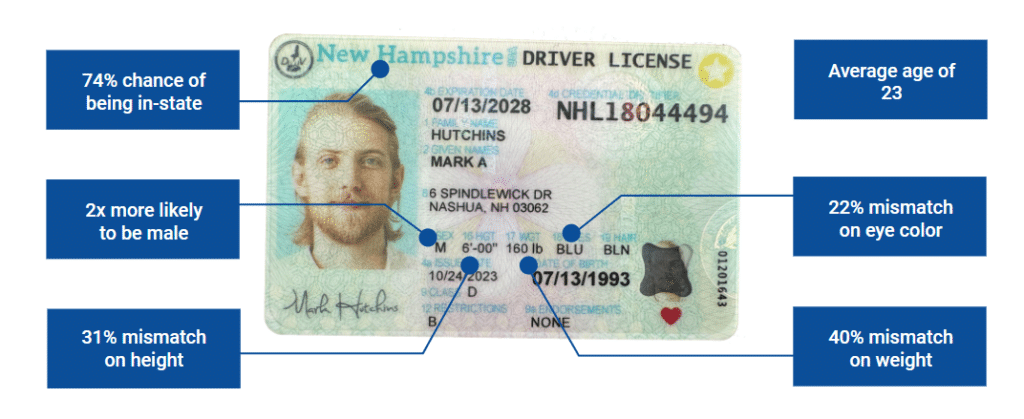
Geographic fake ID trends
We scanned a minimum of 600,000 physical IDs in every US state for our fake ID report. Here’s what we found.
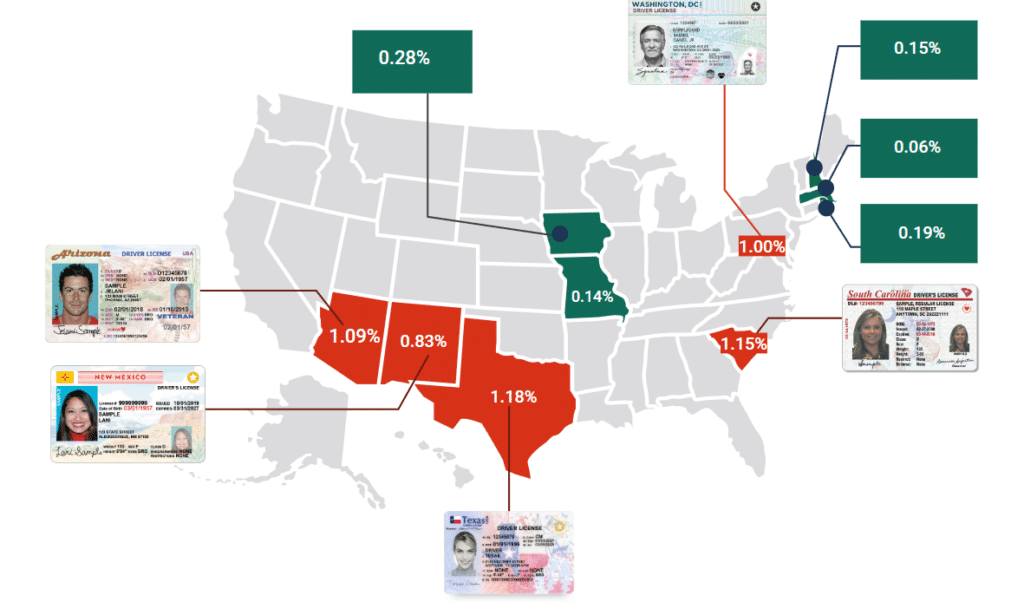
Texas, Arizona, New Mexico, and South Carolina all retained their places in the top five most commonly faked state IDs. However, Ohio, which held the #1 spot in 2022 dropped out of the top 5 completely, with a 50% reduction in the number of Ohio fake IDs seen by our platform. While Washington D.C. rose to #4.
Massachusetts held on to the 50th spot, with the lowest percentage of fake IDs. Fellow New England states New Hampshire and Rhode Island also appeared in the bottom 5. Missouri and Iowa replaced South Dakota, Nevada, and Mississippi as states with the lowest frequency of fake IDs. Both Nevada and Mississippi’s fake ID incidence tripled between 2022 and 2023, while South Dakota saw only a modest increase.
Underage IDs
While some competitors claim that most underage consumers are trying to hoodwink lax security while using their legitimate, underage ID, we find that this practice is actually quite uncommon. Across all IDs scanned in the last twelve months at age restricted businesses, we found only 0.1% were underage.
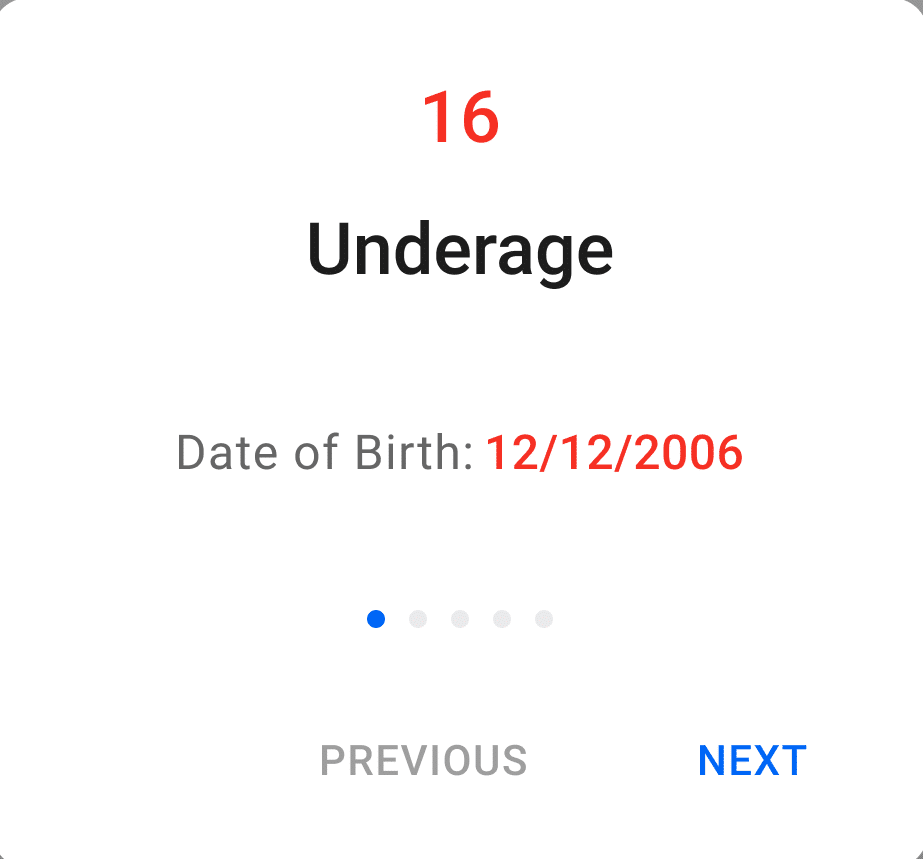
Expired & borrowed IDs
Across our platform, roughly 0.23% of IDs scanned were expired. Trading of expired, but of-age, IDs is a popular way for young adults to get their hands on a legitimate, but aged-up ID.
Face matching tools are the best way to combat the use of borrowed (sometimes called “false”) IDs. Facial recognition software can match the customer’s live face to the photo on their ID, ensuring they are the legitimate ID holder.

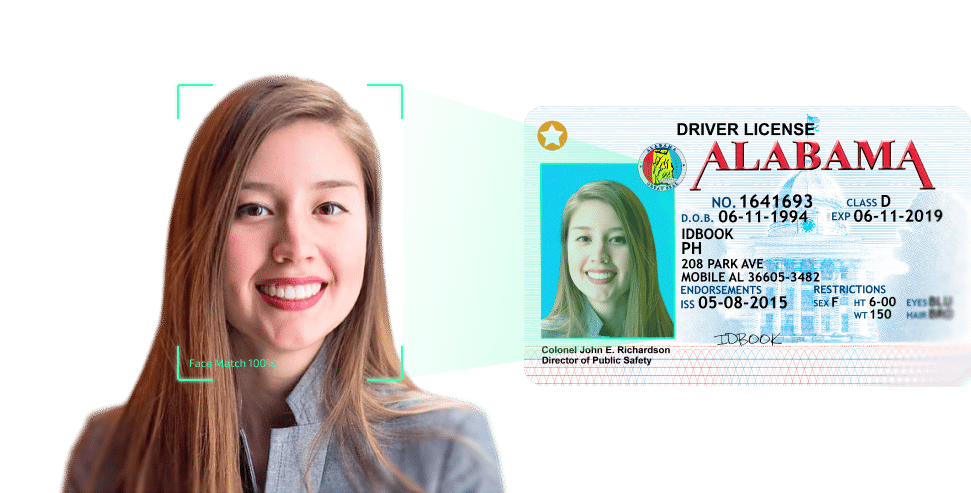
When are businesses most at risk from fake IDs?
Broadly, data analysis for our fake ID report found the highest usage of fake IDs in April and September, with lower usage in the winter months.

However, each business’ risk profile is unique when it comes to fake IDs and age verification. We took a look at anonymized data across our platform to capture broad trends in fake ID incidence at a variety of business types.
When are bars & nightclubs most at risk from fake IDs?

Suns out, fake IDs out. Broadly, summer is considered the high season for fake ID usage at bars and nightclubs. In New York City, fake ID usage spikes in June, and remains high throughout the summer. In swampy states like Florida and Louisiana, usage ticks up all summer, spiking in early August. And in West Coast locations like California and Nevada, fake ID season kicks off around the 4th of July, but doesn’t peak until early September, likely owing to the later start to the school year.
Despite icy cold January typically being one of the slowest months for overall bar and nightclub traffic, the month is one of the highest months for fake ID usage, especially after midnight on January 1st.
Our fake ID report found December is the lowest month for fake ID usage, even with the relatively heavy incidence of flagged IDs on 12/31.
When are college bars most at risk from fake IDs?

Unsurprisingly, college bars are one of the most popular locations for using a fake ID.
Bars in towns such as State College, Pennsylvania and Tempe, Arizona show surges in use of fake IDs at several times throughout the school year. College bars are among the riskiest bars for serving underage customers. We see some college bars which regularly see rates of 10-15% fake ID incidence year-round at college bars.
Over the summer and during the holidays typically coincide with a fall in fake ID rates at these types of bars, as students return to their hometowns.
When are dispensaries most at risk from fake IDs?

Unsurprisingly, dispensaries see the highest number of fake IDs used in April, with usage spiking on 4/20. While 4/18 and 4/19, the days leading up to the counterculture “holiday” don’t experience higher-than-normal usage of fakes, there does seem to be a “hangover” on 4/21, with most dispensary customers still showing an elevated number of suspicious IDs.
Conversely, March and February have the lowest rates of fake ID usage, roughly ⅓ of the numbers seen by dispensaries in April.
When are Irish bars most at risk from fake IDs?

Our team grouped together VeriScan customers who classify themselves as Irish bars or pubs for our fake ID report. Fake ID usage at these establishments is generally lower than at other types of bars, but spikes precipitously in March, over St. Patrick’s Day weekend, and in October during Halloween.
When are alcohol & tobacco retailers most at risk from fake IDs?

For retailers selling age restricted products other than cannabis, like alcohol, tobacco, or nicotine products, January represents a large spike in usage of fake IDs for sales, while November and December are the safest months.
When are casinos most at risk from fake IDs?

While using a fake ID to gain admittance to a casino is a less popular use case for owning a fake (as compared to purchasing tobacco, alcohol, and cannabis), we do see seasonal trends. For Vegas casinos, July and October are the most popular months to use a fake ID, while for non-Vegas properties, January, February, and early April are more popular.
June and autumn are the least popular times for all types of casino and gaming properties.
We also created a casino and gaming ID fraud report to help our customers in that space better understand the latest fraud risk and ID verification trends.
Where are fake IDs being used?
It is no surprise that our customers in tourist markets see roughly 2x the number of fake IDs at their doors. Bars in New York, Nashville, Las Vegas, and all major Florida metro areas are considered fake ID “hot spots” due to the high volume of suspicious ID regularly detected.
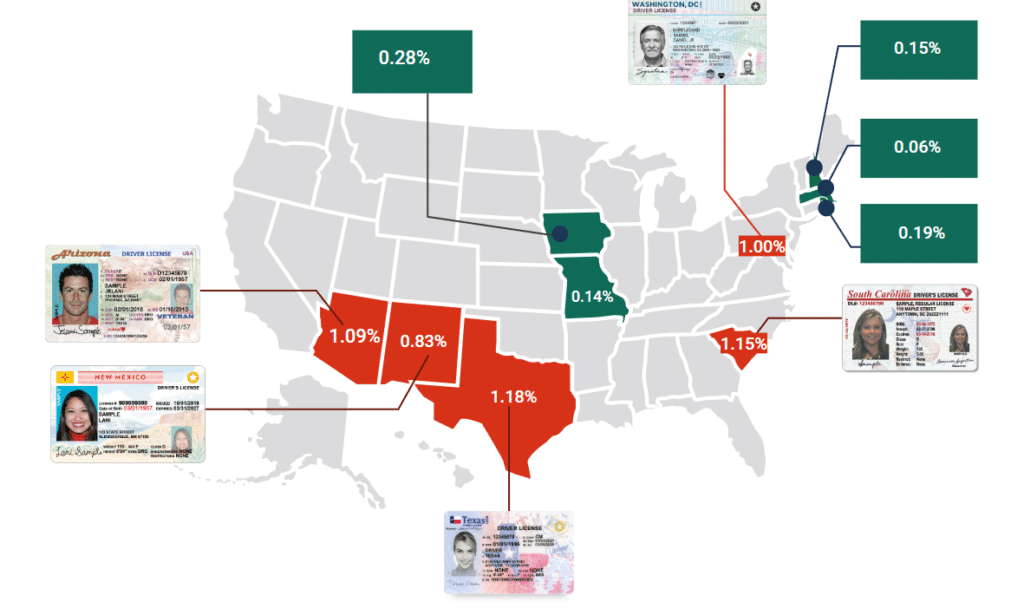
Age verification & the internet
While fake IDs have historically been used in brick and mortar settings to gain access to age-restricted products and venues, the past twelve months have seen a sea change, as a dozen states have passed legislation requiring age verification for access to digital content including adult websites and social media. Now, minors have a new, powerful reason to purchase fake IDs.
With the proliferation of eCommerce, access to age restricted products has also become easier than ever. Many sites selling items such as alcohol, e-cigarettes, and ammunition require no age verification at all to complete a purchase.
Using AI to create fake IDs
In early 2024, news agencies created a panic around new, AI tools for generating images of fake IDs. Although the tools don’t have access to the paper and printing materials to actually create physical fakes, they can create images of IDs (both front and back) that can be used in digital scenarios such as account opening or age verification at checkout.
We tested these IDs against our software, and flagged 90% of the deepfake IDs as being fraudulent. Key security measures for specifically combatting the use of AI-generated fake ID images:
- Prohibiting manual upload of ID images
- Document liveness detection
- Face matching the user to the ID photo
- Third party database checks to determine accuracy of information
- Front/back crossmatching
Because these deepfakes are not physically printed, and exist only as images, they are of highest concern for businesses that operate remote verification, and not something that most brick-and-mortar businesses need to worry about yet.
Fake IDs, real consequences

One of the top news stories of the year was the trial of Alex Murdaugh. One key element of the trial involved underage liquor sales; Murdaugh’s son was involved in a boating accident after purchasing alcohol using his brother’s borrowed ID. In addition to the tragic loss of life that occurred due to underage alcohol consumption, the case resulted in a $15M fine for Parker’s Kitchen, the convenience store chain that sold the alcohol.
Parker’s Kitchen wasn’t the only business hit with major fines for serving underage customers.
Notable bars fined, closed, or otherwise punished for serving underage patrons include:
● Cigar Box | Marysville, TN – loss of license for serving an underage customer before he crashed his vehicle into a tree
● Rumaj Lounge | New Haven, CT – fined $9,000 for serving alcohol to underage college students
● The Greek Gastown | Vancouver, British Columbia – forced to close for a week after serving a single beer to an underage guest
● Mama Tracks Bar | Kankakee, IL – 4-day license suspension issued after serving an underage patron during a sting operation
● So Many Road | Denver, CO – bar forced to close for 3 months after selling to a minor
● Flowers | Seattle, WA – university-area bar lost liquor license due to serving 20+ minors
● 5 businesses | Bloomington, IL – 5 chain restaurants pay $600 fines for underage alcohol sales
● Cheers Pub | Roseland, IL – 70 of 200 patrons found to be underage
● Chinese Buffet | Raynham, MA – several stores, restaurants lost liquor licenses after selling alcohol to minors

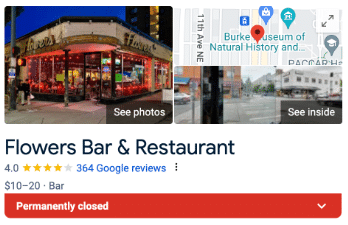
Changing legislation
Some jurisdictions are considering increasing penalties for serving underage customers.
- Louisiana SB168 will increase the cost of a first-time offense from $50 to $1,000, and mandate ID scanning for bars found guilty of failing to properly check IDs.
- Ohio passes bill to raise fines for underage tobacco sales. Businesses with three or more offenses will now be fined $10,000 and lose their license for 180 days.
- Santa Clara, California dramatically increased penalties for businesses that sell tobacco to minors – moving the fine for a first-time offense from $100 to $1,000, with 3+ violations resulting in permanent loss of licensure.
As legislation focused on protecting children from adult influences – everything from adult entertainment to e-cigarettes – grows in popularity, we expect more cities and states to consider stronger fines and penalties for selling to underage customers.
Why combatting fake IDs matters
At IDScan.net, we believe in protecting businesses from the risk of inadvertently serving underage customers by giving them tools to catch the largest percentage of fake IDs in an affordable, scalable way. We also believe in protecting young people from the deleterious effects of heavy drinking and smoking – 56% of youths who reported borrowing or using a fake ID also reported weekly use of alcohol, in comparison to just 14% of those who reported not owning fraudulent identification.
We are proud to offer multiple software solutions capable of catching up to 95% of fake IDs. And we are even prouder to be able to do so using powerful scanning hardware and no per-scan costs, which can be onerous for small businesses. In the past 12 months, we caught more than 1,000,000 fake IDs for our customers, stopping hundreds of thousands of potential underage sales which could lead to accidents, assaults, fines, and lawsuits.
Using ID scanning to protect your business
In addition to providing iron-clad affirmative defense in 11 states, ID scanning can help your venue root out fake IDs at the entrance, greatly reducing overall business liability.
ID scanning is more effective than visual ID inspection and takes mere seconds per ID.
● Instantly verifies age
● Verifies ID expiration
● Checks for anomalies in the 2D barcode
Not all ID scanning is created equally so for maximum protection. you’ll want a scanner that uses Adaptive AI software and has been tested against a high volume of fakes.
